Interesting Facts About Hummingbirds Feet
Hummingbirds are intriguing small birds with lengthy beaks and very fast-moving tiny wings. In many parts of the United States, one may observe them flying around flowers & bird feeders.
But how much do you really know about these little pals with feathers? Are you interested in learning about all the feet facts of these beautiful little creatures? If yes, then continue reading!

Fun Facts about Hummingbirds’ Feet
- Hummingbirds have relatively weak feet.
- Hummingbirds cannot walk due to the small size of their feet. Nonetheless, they can hop around on the perch and move from side to side.
- The feet of a hummingbird each have four separate toes. The advantage of this is that they will have more incredible stamina. Since they won’t need to put as much weight on their feet to bring themselves down when they are flying.
- These birds’ feet have shrunk over time, making them lighter and contributing to their overall efficiency as flyers. On the other hand, they will use their feet to scratch and preen themselves.
- They also use their feet to build a nest.
- The toes are one of the main heat dissipation areas for hummingbirds in flight. In 2015, a research team began to care about whether hummingbirds fly hot or not. The main heat dissipation areas of hummingbirds during a flight are the eye area on the head side, the joint axis at the base of the two wings, and the toes. When hummingbirds are hovering and flying at low speed, they even extend their feet to further increase the heat dissipation efficiency. And when flying at high speed (10-12m/s), they retract their feet to reduce wind resistance. The hips and the underarm joints become the main heat dissipation locations.

- Hummingbirds get rid of the parasites on their bodies by scraping away at them with their foot. On the other hand, hummingbirds’ feet are quite small, and they don’t have knee joints. Thus, reaching the very top of their crowns can be difficult.
- To get around this challenge, the hummingbird will thrust its wing forward, and cross its leg over its other wing. And raise its head until it is level with the top of its skull. Because it all takes place in the blink of an eye, it might not be easy to be a witness to it. Even while perched and with the other foot clinging onto a branch, a hummingbird is able to do this action.
- When protecting their territory, hummingbirds use their beaks and feet to drive away any threats. If two hummingbirds engage in combat while in flight, the hummer will either use its feet as a defensive barrier or attempt to grab the other bird.
- When a hummingbird is in the air, its feet either dangling behind it or curling up close to its body.
- The feet of a hummingbird is, by a significant margin, the least exciting aspect of the species.

Threats to hummingbirds population
Although the typical lifespan of a hummingbird is six years, it has been documented that some hummingbirds have lived for more than ten years. Like all other forms of life, Hummingbirds face several dangers to their continued existence. Some of which are caused by nature and others by humans.
Some of these threats include the following:
- Many species of hummingbirds are in danger of extinction due to the destruction of their natural habitat. This is caused by human activities like urbanization, agriculture, deforestation, and industrialization in tropical areas. Because of their size, even very insignificant changes can have a devastating effect on hummingbird populations.
- Due to climate change, hummingbirds are negatively impacted by the fluctuating temperatures of the planet. Their migrational patterns are shifting, resulting in various species being observed in regions much outside of their typical range. It may become more challenging for them to get food since that, ultimately leads to a decrease in the population.

Photo by http://gizmodo.com
- Praying Mantis is also a significant threat to hummingbirds. You read it right; praying mantises are capable of taking the lives of hummingbirds. Even though hummingbirds are around eight times larger than the meal that a mantis typically consumes, they would still wait at feeders in order to sneak up on their prey and launch an assault utilizing their lightning-fast reflexes. If you discover a praying mantis at your bird feeder, you should carefully remove it and relocate it to a different spot. Please don’t harm the praying mantis since they consume other insects and are helpful to the ecosystems in your garden.
Conclusion
The feet of hummingbirds are unquestionably the least interesting aspect of this species. The feet of hummingbirds have undergone a process of evolution that has resulted in them being somewhat different. The primary functions of their feet are perching and scraping. On the other hand, hummingbirds are capable of walking; nonetheless, they are quite inefficient at it. If you would love to know more interesting facts about hummingbirds, like how do hummingbirds pollinate.
Subscribe for more info>>
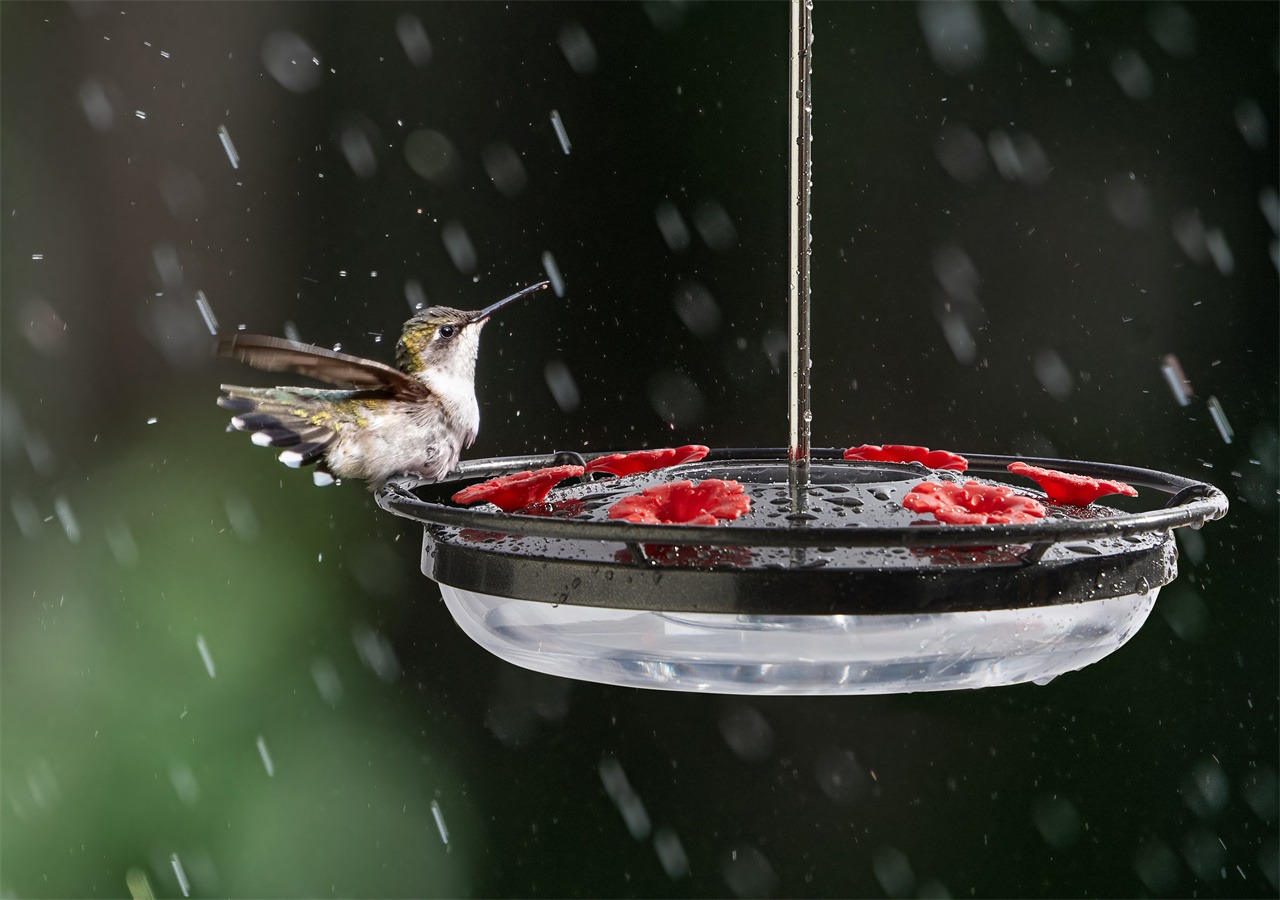
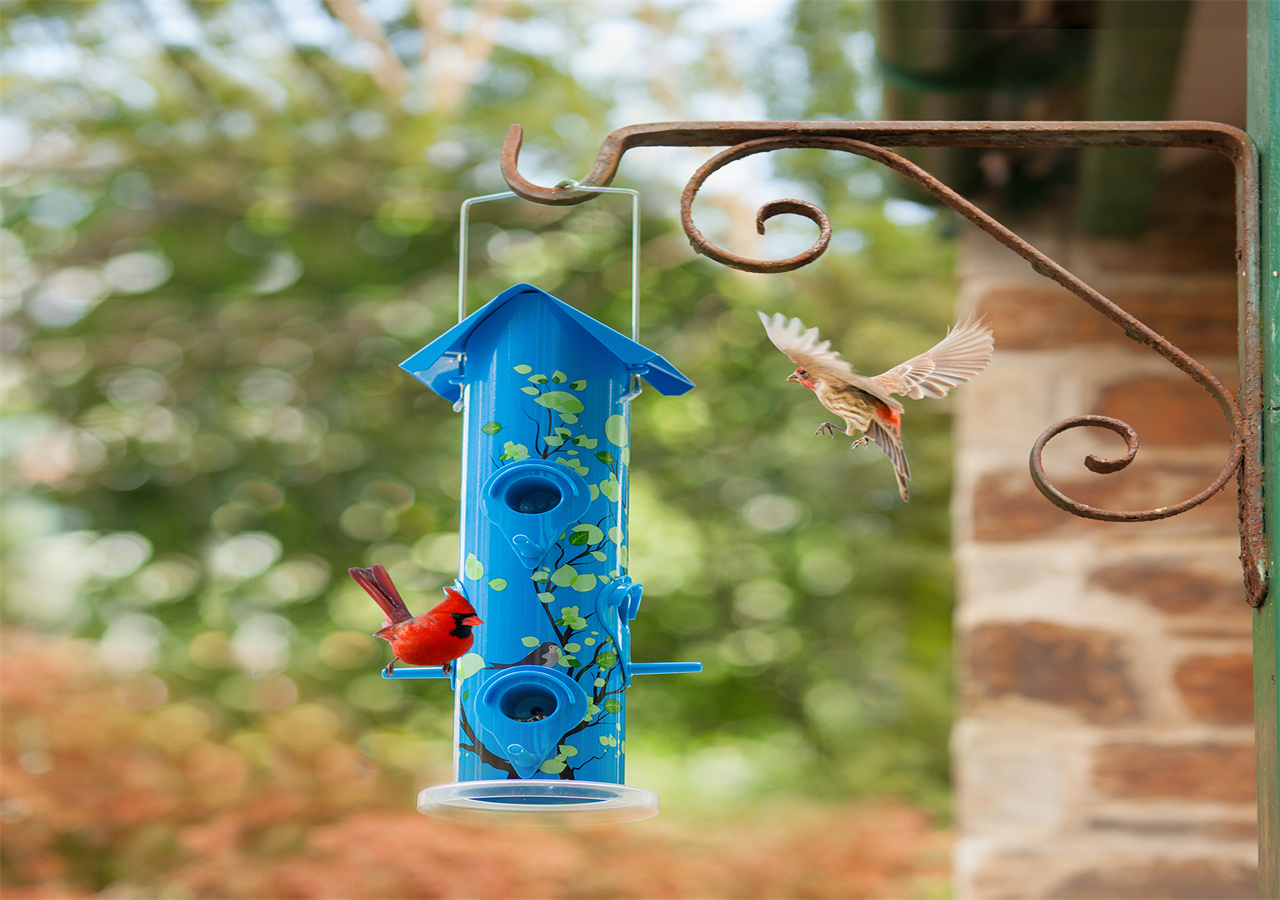

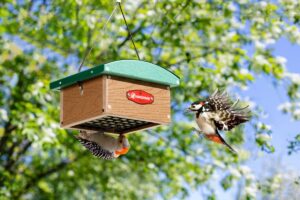




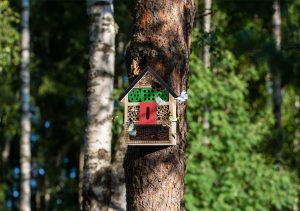


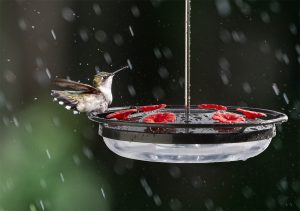
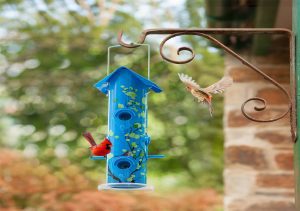
Post Comment